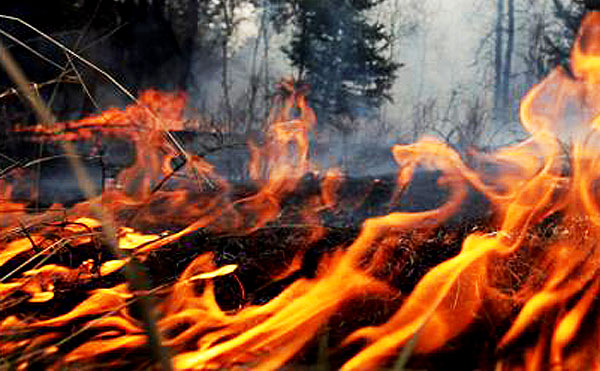Burn ban lifted on campfires, burn barrels and small brush piles
Administrator | Aug 10, 2012 | Comments 1
 The Prince Edward County Fire Department has lifted the ban on campfires, burn barrels and as of Monday, Aug. 13, the ban for small brush piles has been lifted.
The Prince Edward County Fire Department has lifted the ban on campfires, burn barrels and as of Monday, Aug. 13, the ban for small brush piles has been lifted.
If you have any questions please contact the Prince Edward County Fire Department: 613-476-2602
EMERGENCY: 911
Burn Permit information:
Permits are valid from date of issue to December 31st of the year issued and cost $15.00 each.
Permits can be purchased at the following Municipal Offices:
Picton Fire Station
2 Ross Street, Picton
All hours
Shire Hall
332 Main Street, Picton
Mon.- Fri.
8:30 a.m. – 4:30 p.m.
Permits can also be purchased at Prince Edward County libraries. Click here for a complete listing of library locations and hours of service
A message from the Office of the Fire Marshal and the Ontario Ministry of Natural Resources:
Ontario can have more than 1,200 wildfires in a given year. These fires can threaten communities and destroy homes and cottages.
Those living in forested regions face a serious risk of wildfires. But there are things you can do to reduce the risk of losing your home or cottage. The following are simple preventative measures that can lessen the ignition potential of your home and reduce the risk of property loss, damage and injury.
Tip #1: Maintain at least a 10-metre clearance (more on steep slopes) of flammable vegetation around your home.
Any kind of vegetation around your home is combustible. Trees, shrubs, grass, your woodpile even fallen leaves – act as fuel to a wildfire. Remove any shrubs, trees or fallen branches within 10 metres of your home. Keep your grass mowed and watered, and use fire resistant plants for landscaping. Deciduous trees have low flammability rates while evergreens are much more combustible. A good fuel free space gives firefighters a better chance to save your home from fire.
Firewood should be stacked at least 10 metres away from the house and covered with a non-flammable cover. Remove all flammable material from within 5 metres of any fuel tanks on your property.
Tip #2: Upgrade your homes building materials and construction techniques to lower its combustibility.
Roofing materials such as steel, asphalt, tile and ULC treated shanks are ignition-resistant, and steep steel roofs do not collect leaves or tree needles. Similarly, materials such as stucco, metal, brick, concrete, and aluminium or steel siding are the most fire resistant.
If your home or cottage has a chimney, make sure there are no tree limbs within 3 metres of it. Remove all dead tree limbs overhanging or near the house. Sparks from the chimney can set the tree on fire, which can set your house on fire. Make sure your chimney meets Ontarios building code and is screened-in with an approved spark arrestor.
The eaves around your roof should be boxed in and screen should cover attic vent openings to keep sparks out. Embers can collect in open eaves and set the house on fire. Similarly, the underside of wood decks attached to the house should be enclosed. Dry grass or sparks and embers under the deck can set the house on fire.
Tip #3: Ensure your home is easily accessible to emergency workers.
Should a wildfire approach your property, damage can be limited if firefighters have easy access to it.
Post a sign with the name of the access road and house number in reflective letters where it can easily be seen on dark or rainy nights.
Keep your driveway short, ensure its grade is not too steep or too narrow for fire trucks and maintain a surface capable of holding fire trucks. Remove flammable vegetation at least 5 metres on each side of the driveway so it is passable in a wildfire.
While these tips may not prevent a wildfire from approaching your home or cottage, they will help contain any potential damage and reduce the dangers your family and property will face.
Filed Under: Local News
About the Author:

































Does a “burn ban” include; “burning desire”, “a hunka hunka burning love”, “burning out”, “heart burn”, “burning rubber”, “burning bridges”, “burning brightly”, “burning a hole in my pocket”, “burning in hell”, “burning bras”, “burning calories”, “having a slow burn”, “sun burn”, “crashing and burning” or “burning CDs”?.